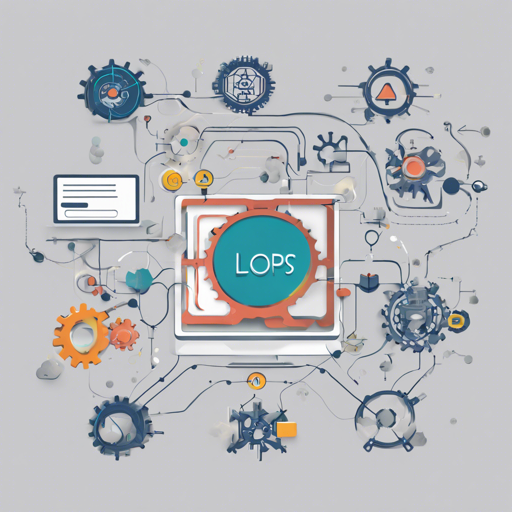MLOps, or Machine Learning Operations, is an essential framework that ensures the smooth deployment, monitoring, and management of machine learning (ML) models in production. As organizations increasingly leverage ML for their operations, understanding MLOps becomes critical for data scientists and engineers alike. In this blog, we will delve into how to effectively implement MLOps, troubleshoot common issues, and explore the lifecycle of machine learning projects.
How to Implement MLOps
Implementing MLOps can be likened to managing a complex assembly line in a manufacturing plant, where each stage must be finely tuned to ensure products meet quality standards. Here’s a step-by-step approach:
- Define Your Goals: Just like a factory determines what products to create, define what you aim to achieve with your ML models.
- Choose the Right Tools: Select programming languages and frameworks that best suit your project needs, akin to selecting the right machinery for your assembly line.
- Data Management: Ensure your data is clean, accessible, and well-organized, much like ensuring raw materials are sorted and ready for production.
- Model Development: Build and test your ML models, similar to how you would prototype a product before mass production.
- Deployment: Implement your models in a production environment, akin to launching a product into the market.
- Monitoring and Maintenance: Continuously monitor model performance and update models as necessary, like maintaining machinery to ensure it operates effectively.
Troubleshooting Common Issues
Despite the best planning, you may encounter a few bumps along your MLOps journey. Here are common issues and troubleshooting steps:
- Model Overfitting: If your model performs well in testing but poorly in production, consider gathering more data or simplifying the model.
- Data Drift: Changes in the input data may affect model performance. Implement monitoring to detect drift and retrain models as needed.
- Deployment Failures: If deployment fails, check the logs for errors, review configuration files, and ensure all dependencies are correctly set.
- Scalability Issues: If your model can’t handle high traffic, look into optimizing code or upgrading infrastructure.
For more insights, updates, or to collaborate on AI development projects, stay connected with fxis.ai.
An Analogy for Better Understanding
Think of your MLOps process as a well-oiled restaurant kitchen:
- Ingredients (Data): Just as a restaurant requires fresh ingredients, your ML models require high-quality, well-organized data.
- Recipe (Model Development): A recipe outlines how to prepare a dish; similarly, a well-defined algorithm guides ML model creation.
- Cooking (Training): Just as chefs must fine-tune the cooking process, you must continuously adjust the model to improve its performance.
- Plating (Deployment): Plating your dish for customers parallels deploying your model to a production environment.
- Customer Feedback: Just like diners provide feedback on their meal, real users can offer insights on your model’s performance, guiding you for future improvements.
At fxis.ai, we believe that such advancements are crucial for the future of AI, as they enable more comprehensive and effective solutions. Our team is continually exploring new methodologies to push the envelope in artificial intelligence, ensuring that our clients benefit from the latest technological innovations.
Conclusion
Mastering MLOps might seem daunting, but with the right processes in place, it becomes an invaluable part of your ML journey. By following the outlined steps, using proper troubleshooting techniques, and understanding the entire lifecycle, you can ensure that your models contribute effectively to your organization’s success.

